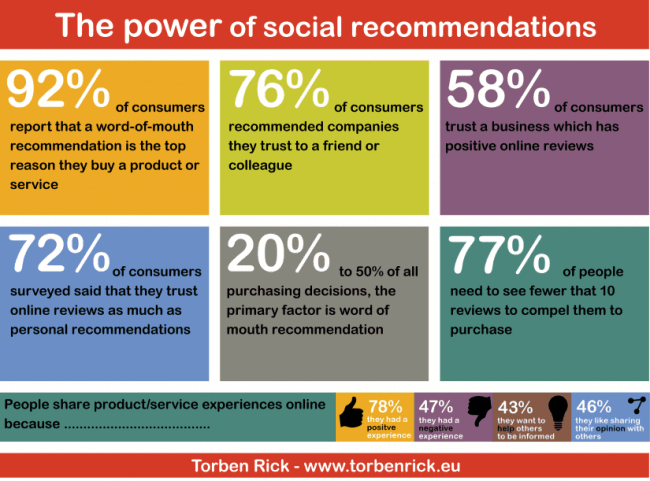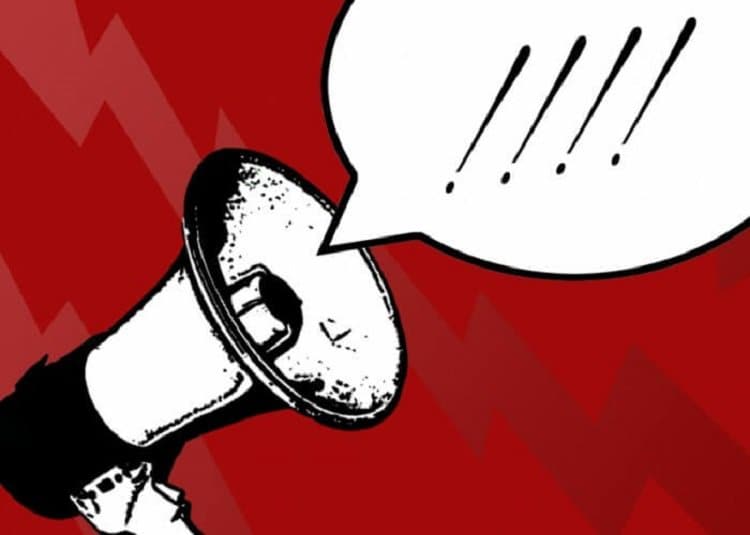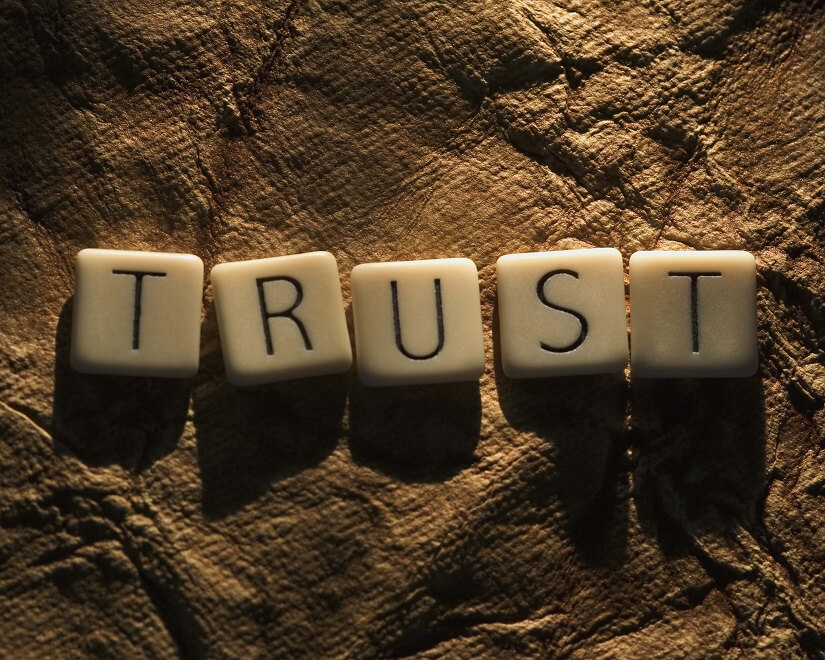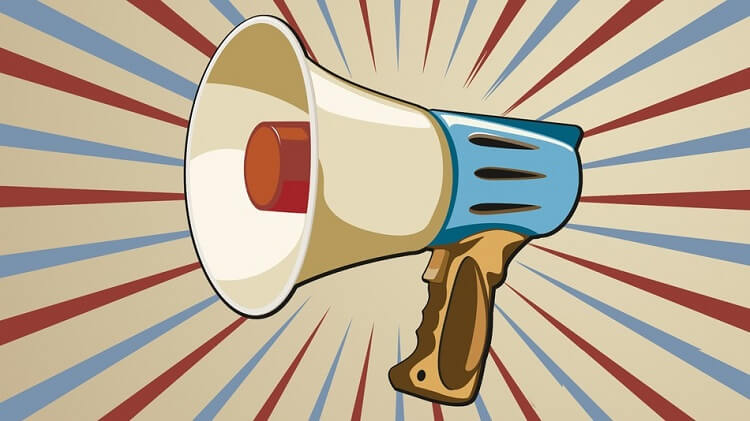Word-of-mouth recommendations – Over-the-fence was king
Up until five years ago, over-the-fence word-of-mouth (WOM) was king, and any business with hopes of survival relied on those “Peter told me you do great work” phone calls. Now, we’re all neck-deep in social media.
While traditional word-of-mouth marketing is built on one-to-one relationships, emerging, online social channels have transcended old models and essentially provided an environment for one-to-many amplification of key brand messages, news and information of all sorts – including praise from customers.
Customer words make brands – A brand is no longer what we tell the consumer it is – it is what consumers tell each other it is
The impact of social recommendations
Today, a single Facebook post extolling the virtues of a company can reach hundreds, if not thousands of latent customers, depending on the influence of the person responsible for the post.
Furthermore, the recent influx of third-party online review sites, such as Yelp and TrustPilot has changed things even further.
Word-of-mouth and social media
Word-of-mouth and social media are significant forces in the consumer marketplace. Word-of-mouth is the most trusted source of information for consumers around the world according to many studies and there is now measurable proof that social voice drives product sales both directly and indirectly.
Below key statistics that highlight the impact social recommendations, customer advocacy and word-of-mouth have in today’s digital world:

Short URL & title:
Word-of-mouth recommendations — https://www.torbenrick.eu/t/r/mas
Share it:
If you enjoyed this article, please take 5 seconds to share it on your social network. Thanks!








Great highlights and it really shows why many game the system – http://www.gartner.com/newsroom/id/2161315
Some of these impressive data corroborate most of the earlier data that I know of on the same subject (WOMM) measured in the non-virtual world. Except for one aspect: apparently, more people wish to share a positive experience (78%) on So-Me/online, than a negative experience (47%). In the physical world the ratio beween positive and negative is an absolute opposite to this: negative experiences get a multiple of WOMM as compared to positive ones, and also for a much longer period of time. Possibly due to the higher intimacy-factor in the physical world, which creates the illusion of being able to hide from one’s own statements? Whatever the cause, this would justify further research on the subject of online WOMM. Also, no mention is made of the very high percentage of fabricated positive experiences online/on So-Me. Is this an omission or was the response corrected with a factor? I could not find a reference as to the source of the data: who did the research, when, where and how?
Wow some interesting statistics. I didn’t quite understand the last stat “77% people need to see fewer than 10 reviews”. Are you trying to say people are satisfied after seeing 3-4 positive reviews ?
@Nishadha – Yes. The Social Recommendation Index found that quality, not quantity counts. 77% said that fewer than 10 reviews compel them to make a purchase decision.